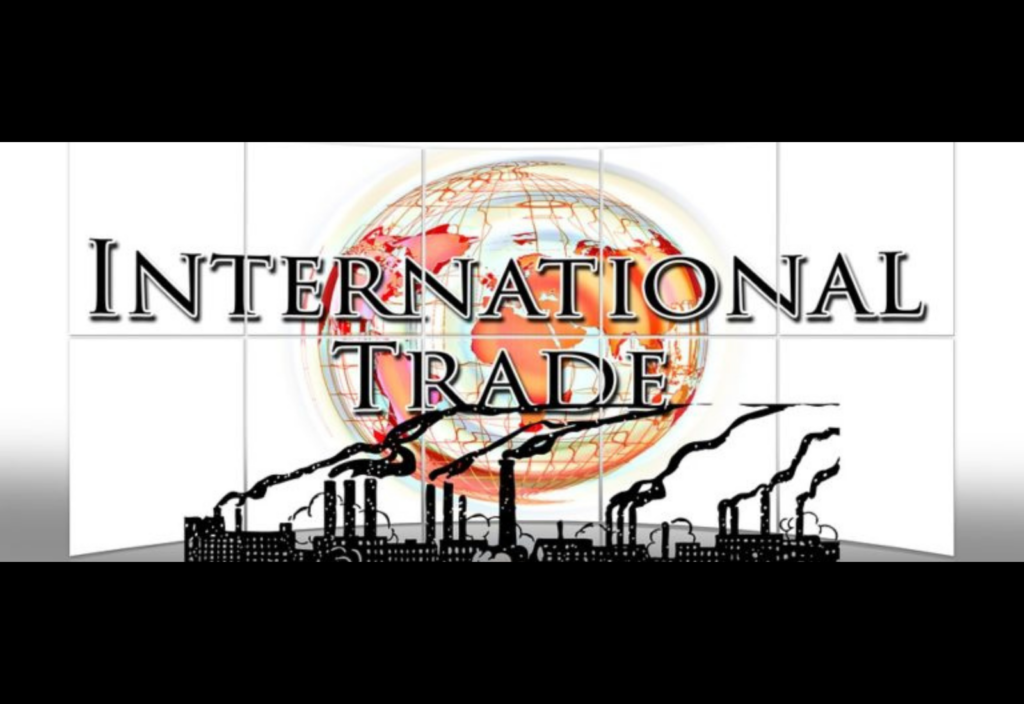If you are importing a Made in China product covered (or maybe covered) by an antidumping or countervailing duty order, you must be very careful, no matter the country from which you are directly importing the product. Two recent U.S. Commerce Department decisions to expand antidumping (“AD”) and countervailing duty (“CVD”) orders on plywood to cover ready to assemble cabinets highlight this problem.
Earlier this month, the U.S. Commerce Department issued a final ruling on Ready To Assemble (“RTA”) Cabinets in the Hardwood Plywood AD and CVD case, finding no exclusion for RTA cabinets. Commerce held this exclusion from AD and CVD duties applies only to cabinets sold to an ultimate end user (the consumer) and not to RTA cabinets sold to contractors that then install them. With this ruling Commerce effectively expanded the AD and CVD orders to cover RTA cabinets sold to the construction industry, which many (most?) importers previously believed were excluded by language in the AD and CVD orders.
The RTA kitchen cabinet exclusion does not expressly address the manner in which RTA kitchen cabinets must be packaged to be suitable for purchase nor does it expressly define the term “end-user.” Nevertheless, the exclusion’s requirements require RTA kitchen cabinets be “packaged for sale for ultimate purchase by an end-user” and be packaged with “instructions providing guidance on the assembly of a finished unit of cabinetry.”
This decision exposes US importers of RTA cabinets to millions of dollars in retroactive liability for AD and CVD duties. U.S. cabinet importers that stuck their head in the sand while this AD/CVD exclusion case was pending will likely soon be hit with an enormous bill from the US government.
Years ago, my firm’s international trade lawyers handled a review investigation involving high tech products from China covered by an AD and CVD Order for a Chinese exporter/producer company. Much to the Chinese company’s surprise, the Commerce Department had determined that this small Chinese company was a mandatory respondent and that meant it would need to respond to the entire Commerce questionnaire and be subject to verification.
The Chinese company explained that it had never exported these high tech products to the United States because but it admitted to having sold its products to a Canadian customer. It had no knowledge of what this Canadian customer did with its products and it did not know whether the Canadian company exported the products to the US from Canada.
Under United States AD and CVD law, sales made by a Chinese company and imported into the United states are generally considered to be U.S. sales by the Chinese company if the Chinese company knew when it made the sales that its products were destined for the U.S. In other cases, Chinese companies have been found to be respondents in AD and CVD cases if their packaging revealed that their products were ultimately destined for the U.S.
The problem for the Canadian companies and the U.S. importers in these situations is that the Chinese company that has made these Canada sales of products that go to the United States will usually just give up and not participate in the AD and CVD review investigation. But the US importer of the products from Canada (which often has some affiliation with the Canadian company) will find itself owing substantial AD and CVD duties to the US government. I can remember a Canadian company that had to shut down its entire U.S. operations because it had exported chemical products from Canada to the United States that were covered by U.S. AD and CVD orders. All of a sudden, the U.S. subsidiary was hit with millions of dollars in retroactive liability because of an AD and CVD case.
US importers of products from Canada or anywhere else in the world that are originally from China need to be careful right now because their products may be covered by United States AD and CVD orders. These companies could wake up one morning and find themselves liable for millions in dollars in retroactive AD and CVD duties. This is truly the sort of situation where an ounce of prevention is worth a pound of cure. Now is the time to review your supply chain for its China vulnerabilities, whether you import directly from China or not.

























